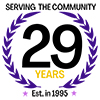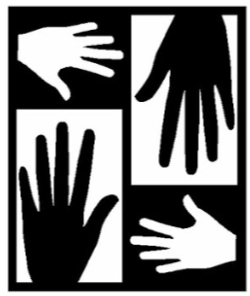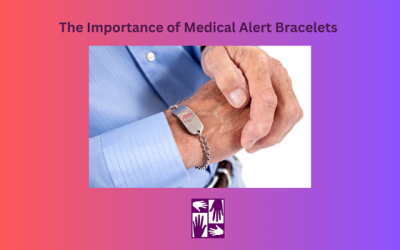May 3, 2024

– Falling can pose a significant risk, especially for seniors, which is why knowing how to fall properly is crucial in minimizing injuries. When a fall is imminent, it’s important to try to keep calm and protect the head by turning the face to the side if falling forward and tucking the chin if falling backward. Attempt to relax your muscles as much as possible; tensing up can result in more severe injuries. Ideally, aim to land on the fleshier parts of your body, such as your side, to avoid breaking a bone. If falling backward, try to sit down to lessen the impact rather than landing straight on your back. Utilizing these techniques can help cushion the fall and potentially prevent serious injuries.
Once a senior has experienced a fall, it is critical to follow safe steps in attempting to get up to prevent further injury. Firstly, they should take a moment to assess their condition, checking if they are hurt and unable to move without pain. If uninjured and they feel strong enough to get up, they should proceed with caution. Starting by rolling onto their side, they can then push themselves up into a seated position. Next, they should find a stable piece of furniture, like a chair, and position themselves on all fours beside it. Using the chair as support, they can then place one foot flat on the ground, keeping the other knee on the floor, and push up with their arms and legs simultaneously to stand. If at any point during this process they feel dizzy, in pain, or unable to get up, they should stay where they are and call for help. It’s essential to have a plan in place for contacting someone in the event of a fall, whether it’s through a personal alarm system or a phone kept within reach.
Seniors can take falls in various places where hazards are not always immediately obvious. Common areas for falls include the home, particularly bathrooms, kitchens, and stairs, where slippery surfaces and tripping obstacles are more prevalent. Outside the home, falls often occur in public places such as supermarkets, sidewalks, and parks, where uneven terrain, wet floors, and clutter can pose risks. It is essential to regularly assess these environments for potential hazards and implement safety measures to mitigate the risk of falls.
Selecting the right type of footwear is a critical step in minimizing the risk of trips and falls. The best shoes for seniors are those with non-slip soles, offering a firm grip on both dry and wet surfaces. These shoes should have a low, wide heel, enhancing stability and balance. It’s also essential for the shoes to provide ample support, fitting snugly but not too tight, with enough room to wiggle the toes. Velcro straps or slip-on designs can be advantageous for those with mobility issues, as they are easier to put on and take off. Additionally, shoes should have a thin sole to give the wearer a better sense of the ground beneath them, while still offering sufficient cushioning to absorb shocks. Such footwear contributes significantly to seniors’ safety, comfort, and independence, reducing the likelihood of falls and the accompanying risks.
Considering the emphasis on reducing falls and enhancing stability, high heels are generally not recommended for senior women. The elevated heel height can compromise balance, making it harder to maintain stability and increasing the risk of falls. High heels alter the natural position of the foot, which can lead to discomfort and reduced control over movement. For senior women prioritizing safety and comfort, choosing footwear with the characteristics previously mentioned—such as non-slip soles, a low and wide heel, and ample support—is advisable over high heels.
To schedule a free 45 minute consultation about elderly healthcare related issues, reach out to us @ 888.451.4290.
We are here to help you navigate the challenges of aging.
Related Articles
How to Speak to Elderly Parents About Accepting Support
Strategies and tactics on how adult children can foster open and productive dialogues with seniors, helping navigate the delicate balance between independence and necessary support.
Healing Paws – Enhancing Senior’s Lives Through the Bond with Dogs
In this blog, we dive into the profound impact dogs have on seniors lives both physically and emotionally. Learn about the benefits and how to secure a new furry friend for an elderly person.
Medical Alert Awareness Month
This month we want to bring attention to the importance of medical alert bracelets, how to find them and who should be waring one.




